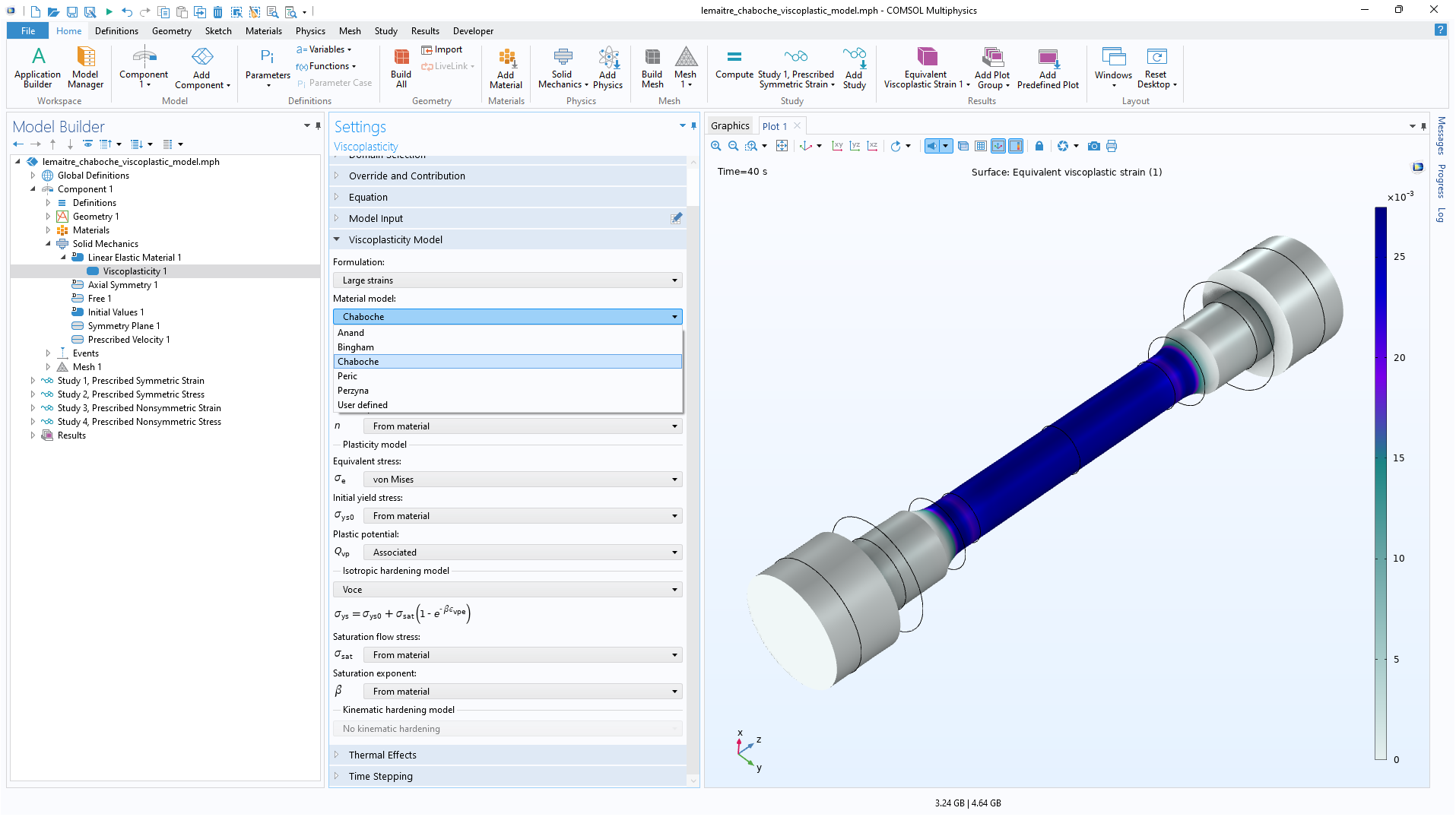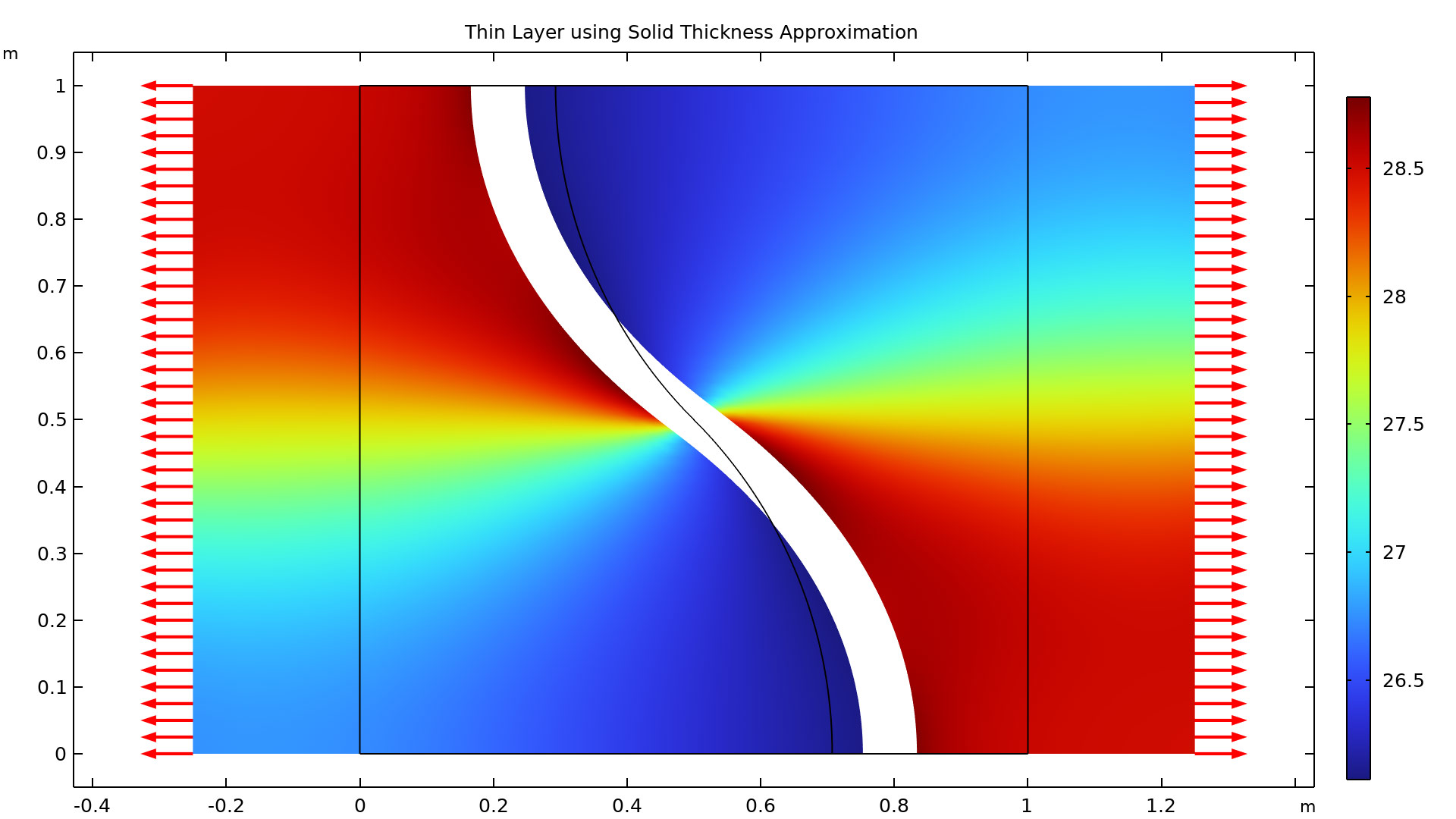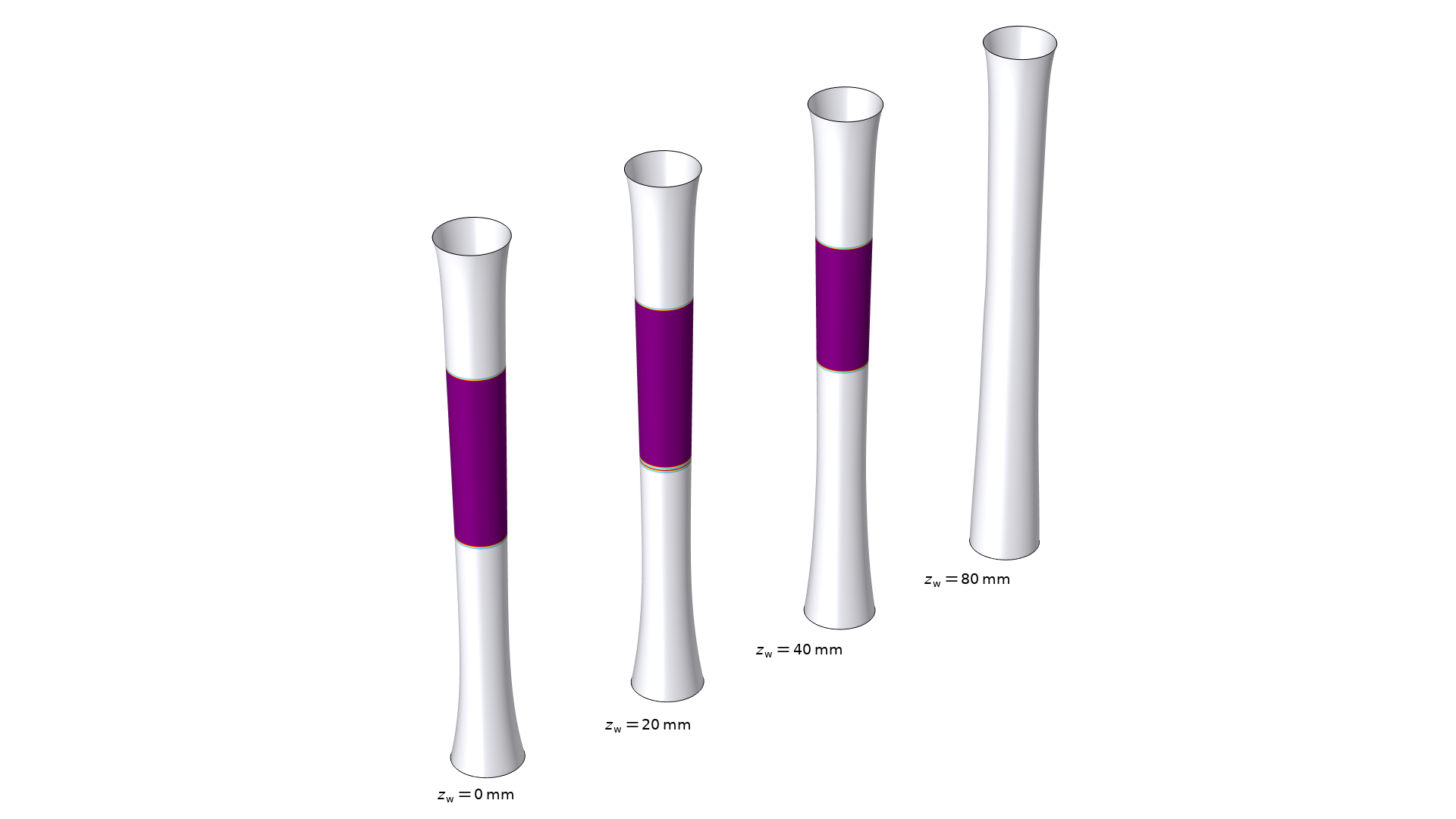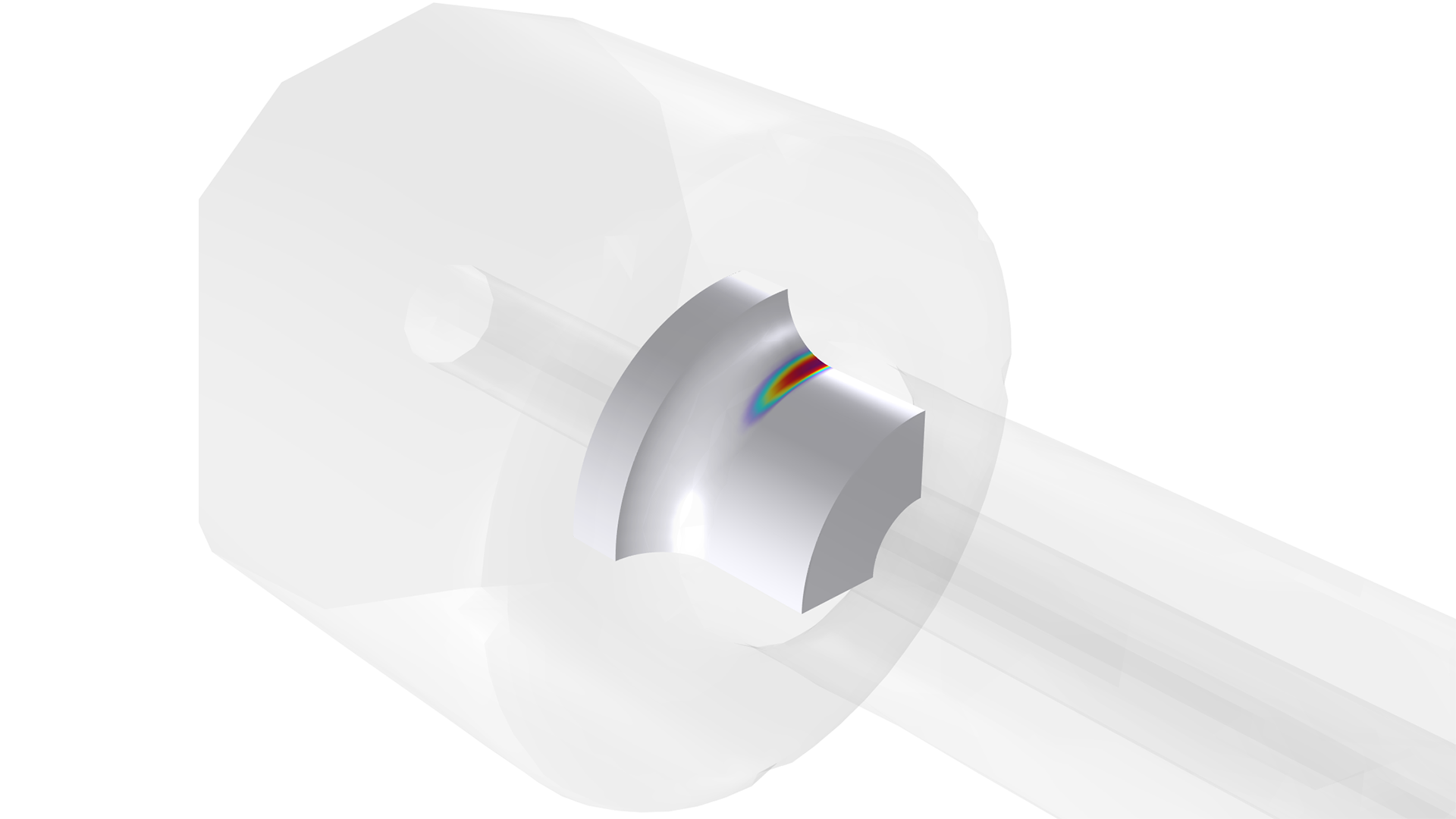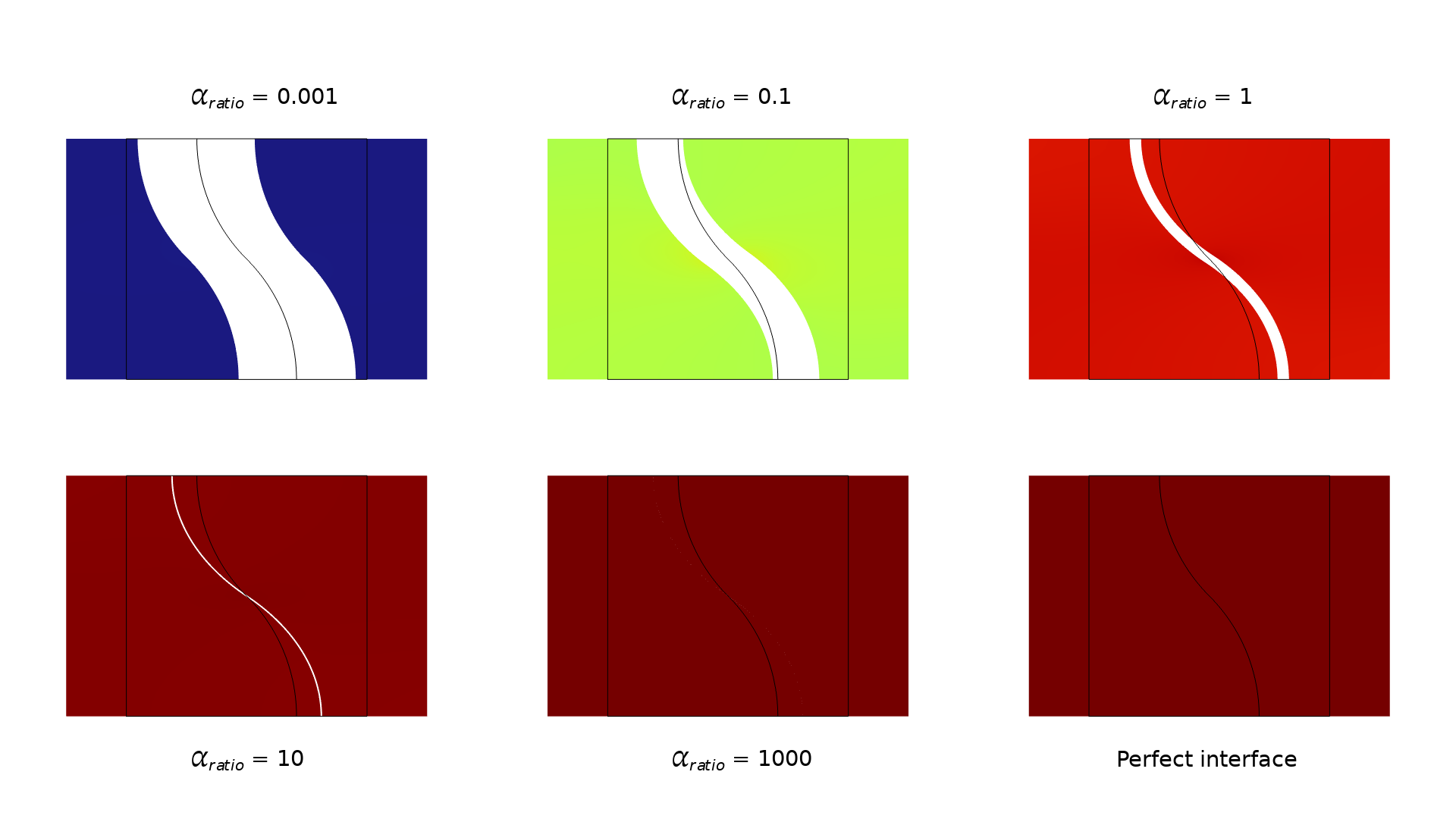support@comsol.com
Nonlinear Structural Materials Module Updates
For users of the Nonlinear Structural Materials Module, COMSOL Multiphysics® version 6.1 brings a new Adiabatic Heating feature, enhanced capabilities for modeling viscoplasticity and hyperelasticity, and five new tutorial models. Read more about these updates below.
Adiabatic Heating
A new framework for handling adiabatic heating in solids, shells, and membranes has been added. Adiabatic heating is important when energy dissipates due to rapid deformations, which in turn increases the temperature in the object. You can incorporate this effect by adding an Adiabatic Heating subnode to the Solid Mechanics, Layered Shell, Shell, or Membrane interfaces.
Impact of a copper rod against a rigid plate. As the rod undergoes plastic deformation, the dissipated energy causes the temperature of the rod to increase rapidly.
Viscoplasticity Improvements
The Viscoplasticity node has a new framework for handling large viscoplastic strains based on the multiplicative decomposition of deformation gradients. The formulation produces significant improvements in computational speed and memory usage, and it makes it possible to add the Creep and Viscoplasticity features under the Hyperelastic Material node. In addition, the Chaboche and Perzyna models have been updated, and two new viscoplastic models have been introduced: the Bingham model and the Peric model. It is also now possible to specify User defined viscoplastic models. You can see these new improvements in the Lemaitre-Chaboche Viscoplastic Model and Viscoplastic Creep in Solder Joints models.
Hyperelasticity Improvements
A new framework for handling the compressibility of all hyperelastic materials has been implemented. As a result of this, all material models have a new compressible formulation that also makes it possible to add Phase Field damage to all Hyperelastic Materials in the Solid Mechanics interface. In addition, it is now also possible to model wrinkling in hyperelastic materials in the Membrane interface. View these improvements in the new Inflation of a Square Hyperelastic Airbag and Wrinkling of a Cylindrical Membrane with Varying Thickness models.
Additional Functionality in Thin Layers
The new Thin Layer node in the Solid Mechanics interface can include the Hyperelastic and Nonlinear Elastic material models. Other inelastic effects can also be included by adding, for example, Damage, Creep, or Plasticity subnodes. You can see this additional functionality in the new Thin Layer Interfaces model.
New Tutorial Models
COMSOL Multiphysics® version 6.1 brings several new tutorial models to the Nonlinear Structural Materials Module.
Inflation of a Square Hyperelastic Airbag
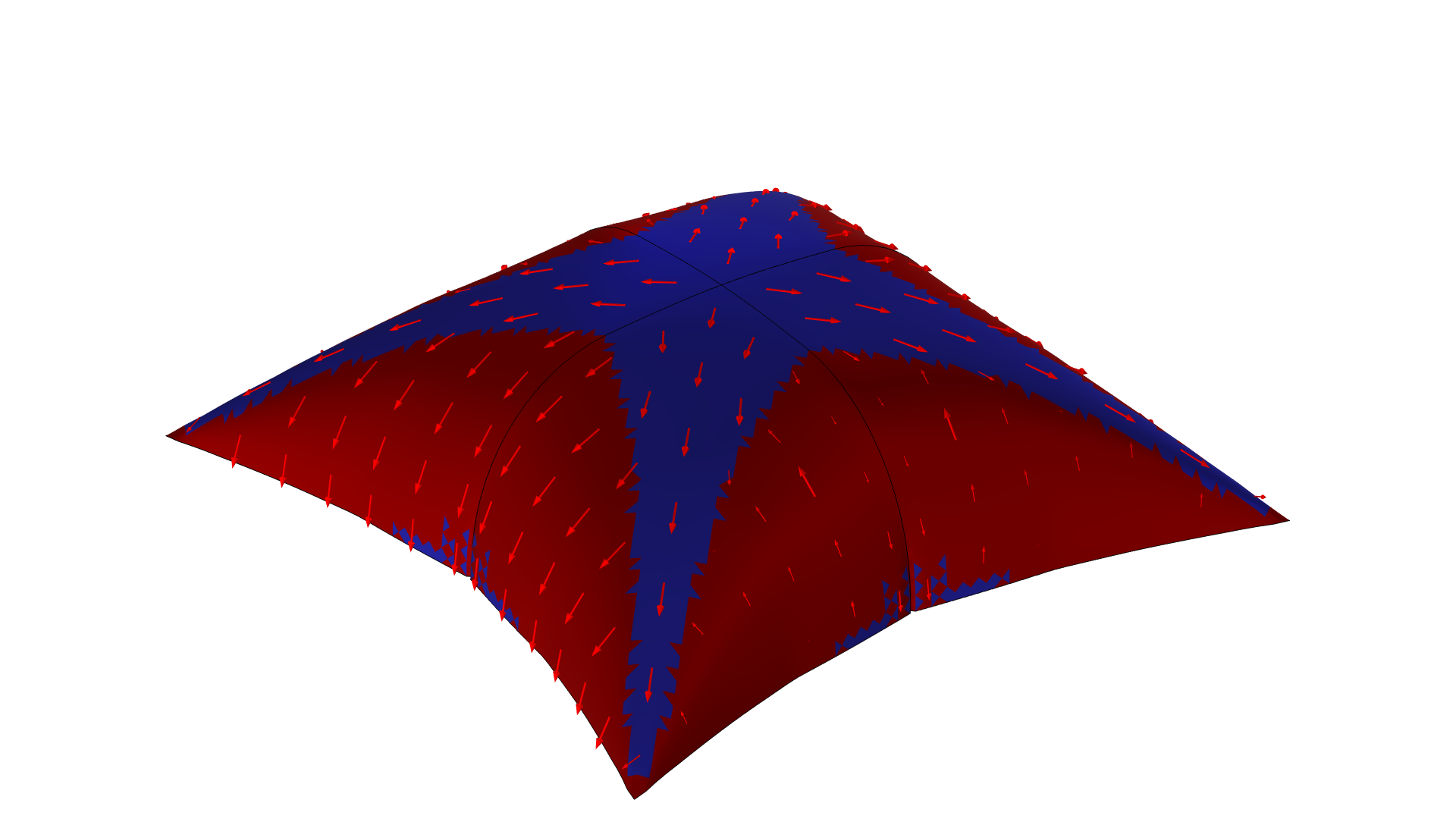
Application Library Title:
membrane_airbag_inflation_hyperelastic
Contact Analysis of a Rubber Boot Seal
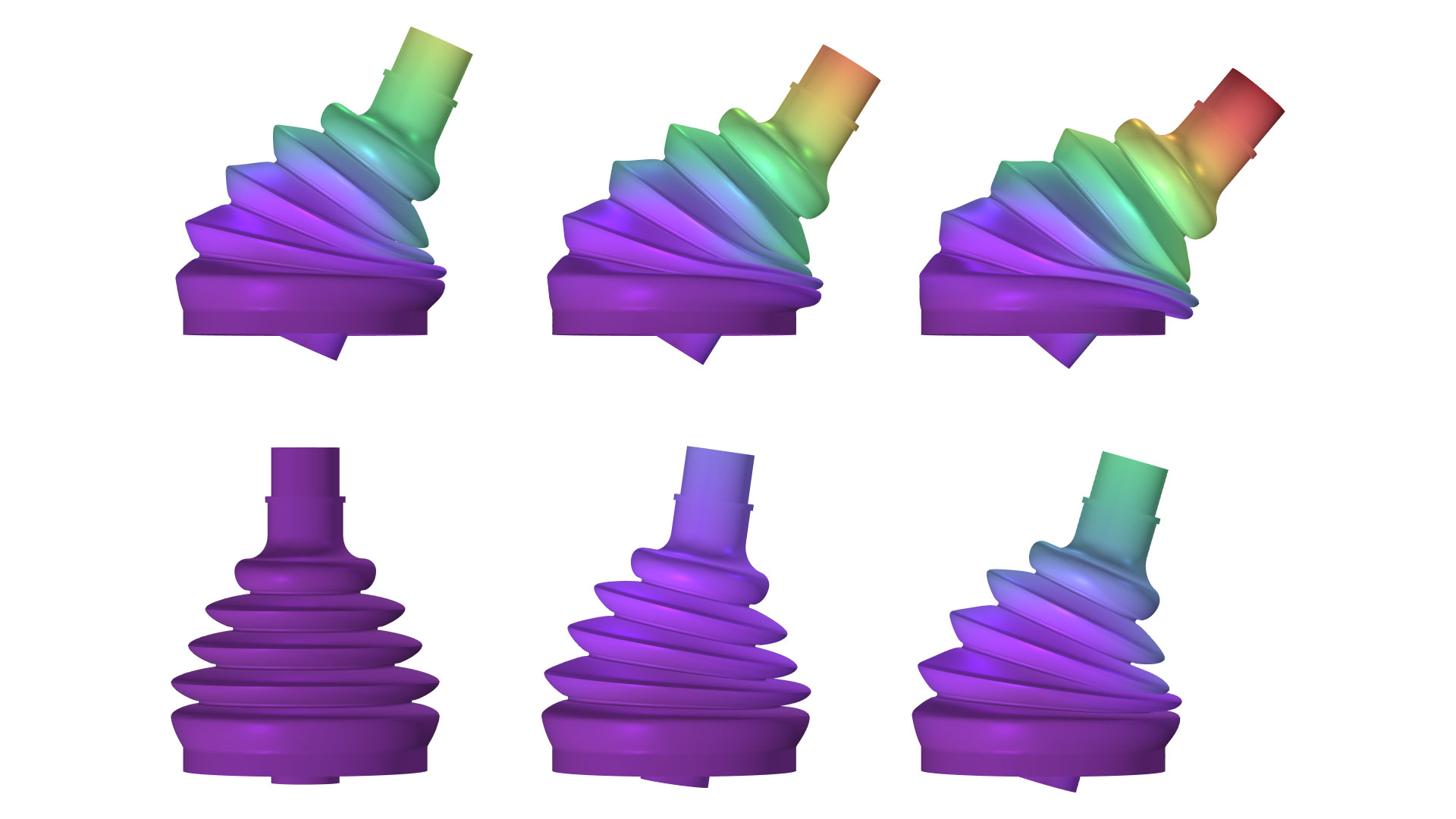
Application Library Title:
rubber_boot_seal

